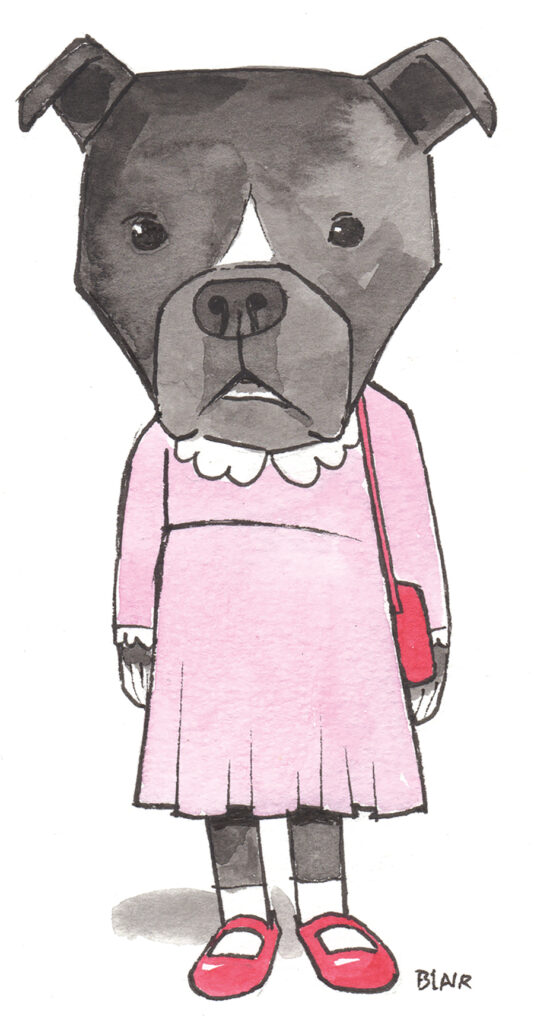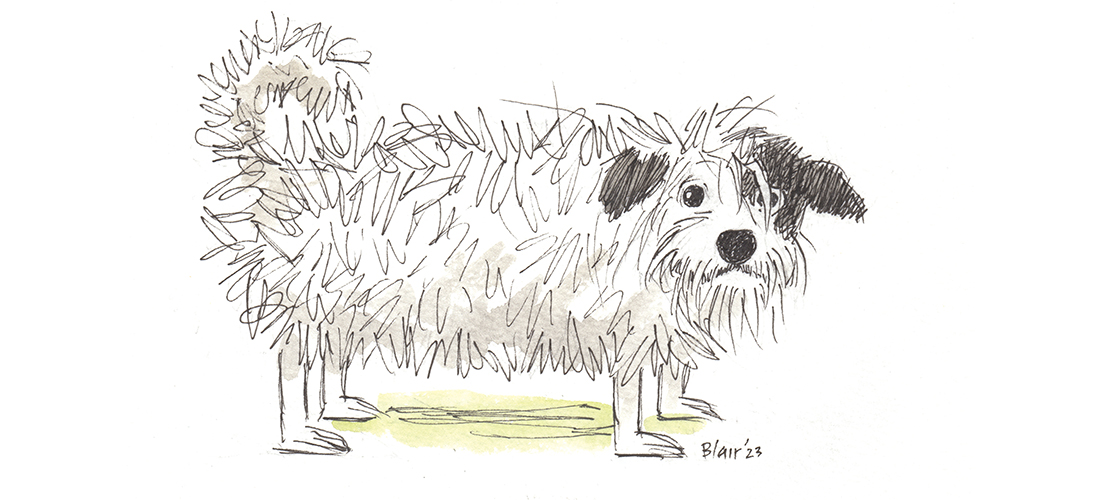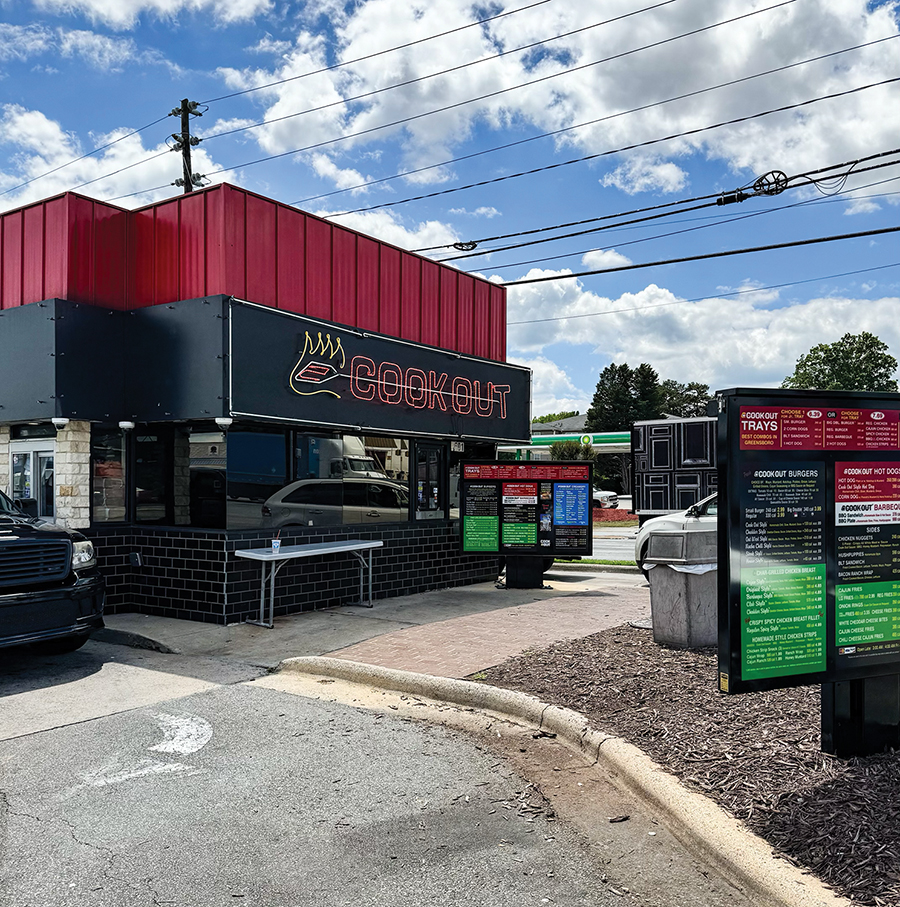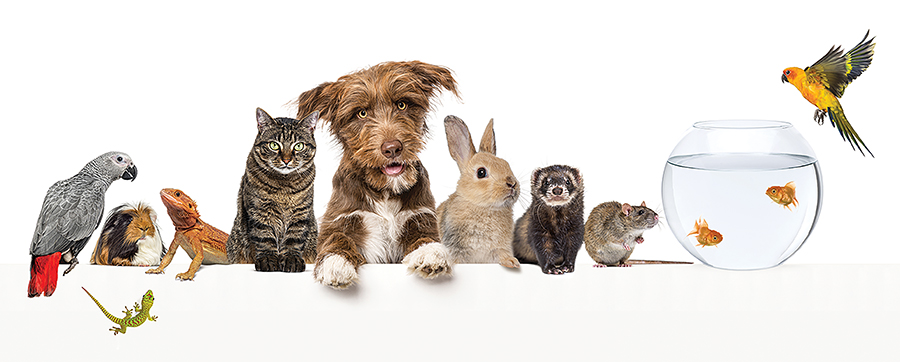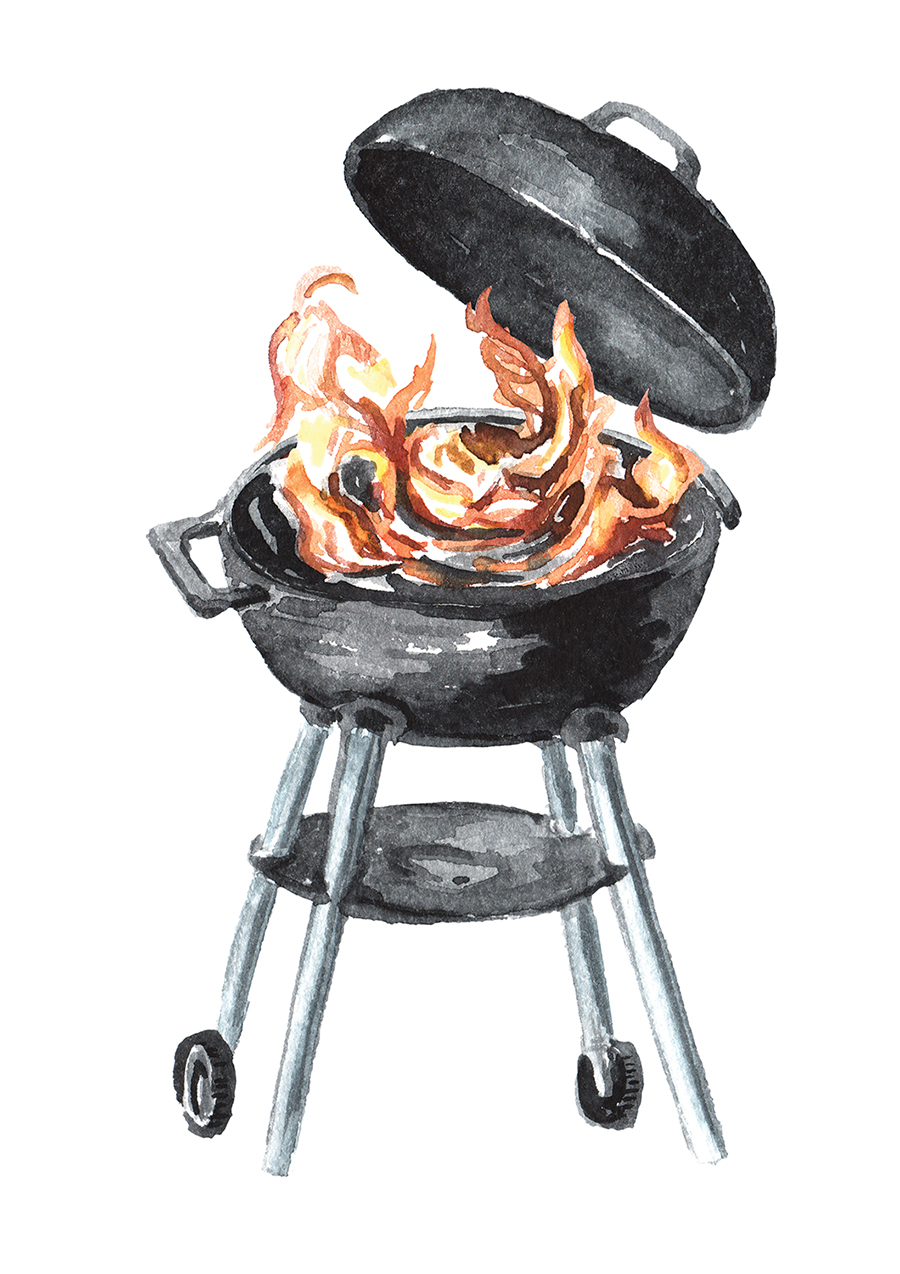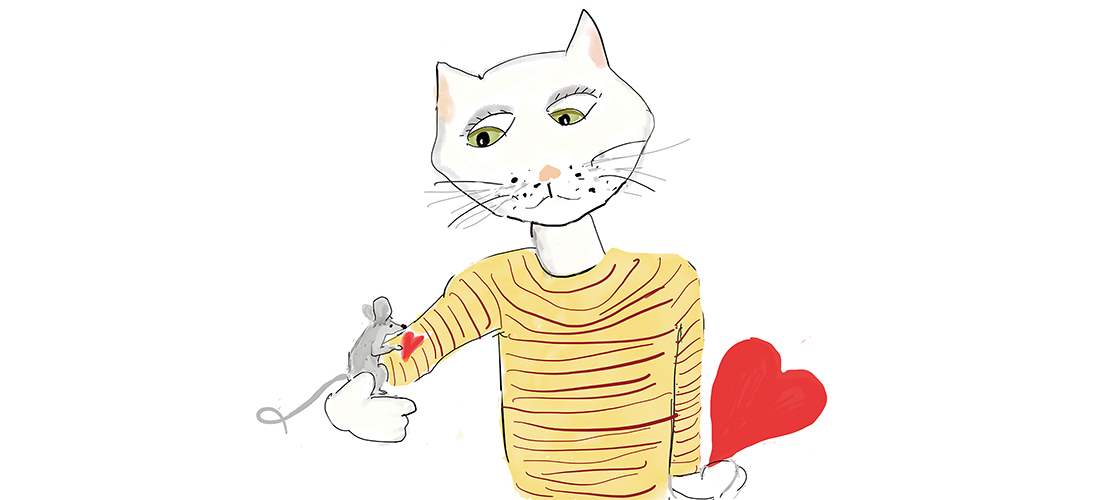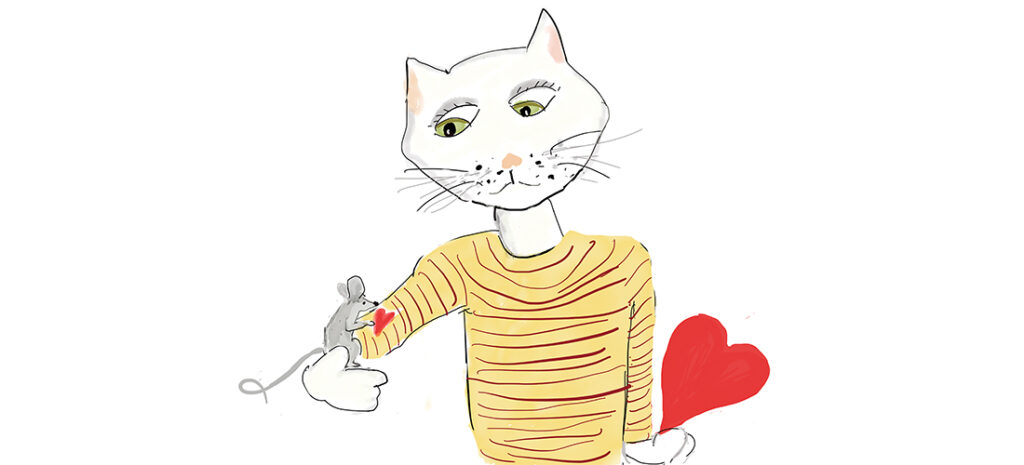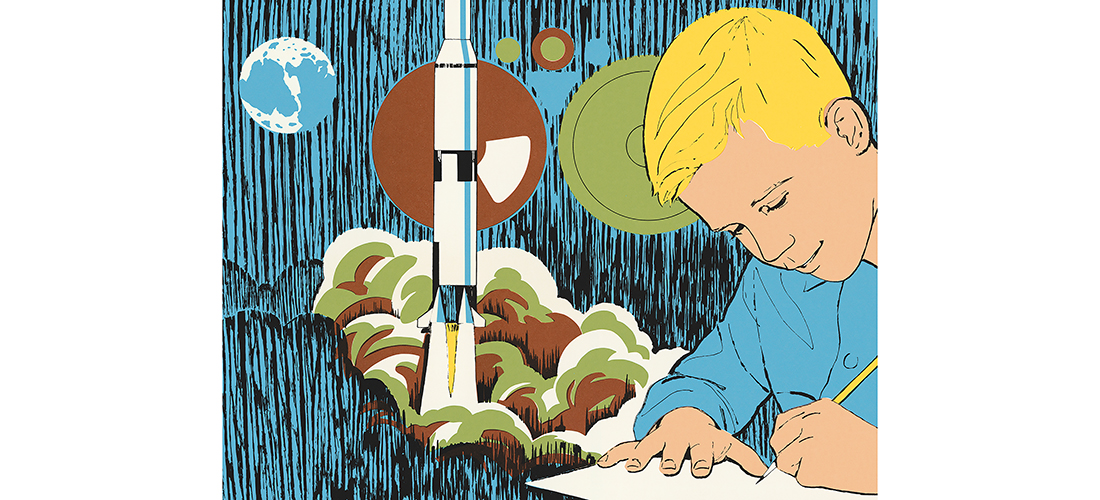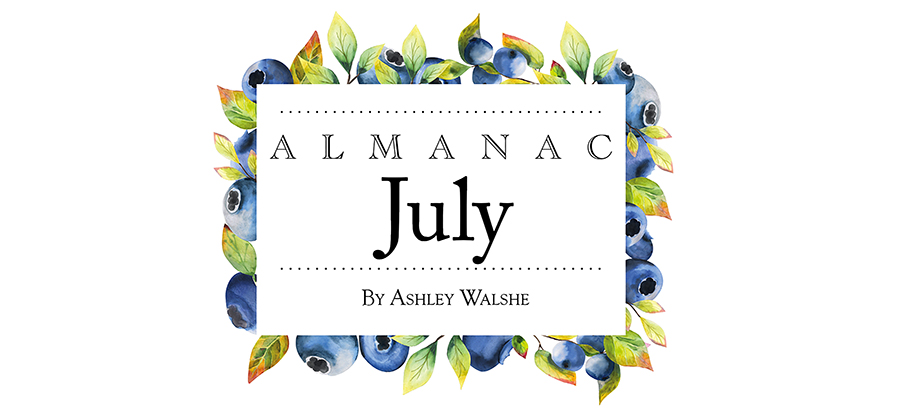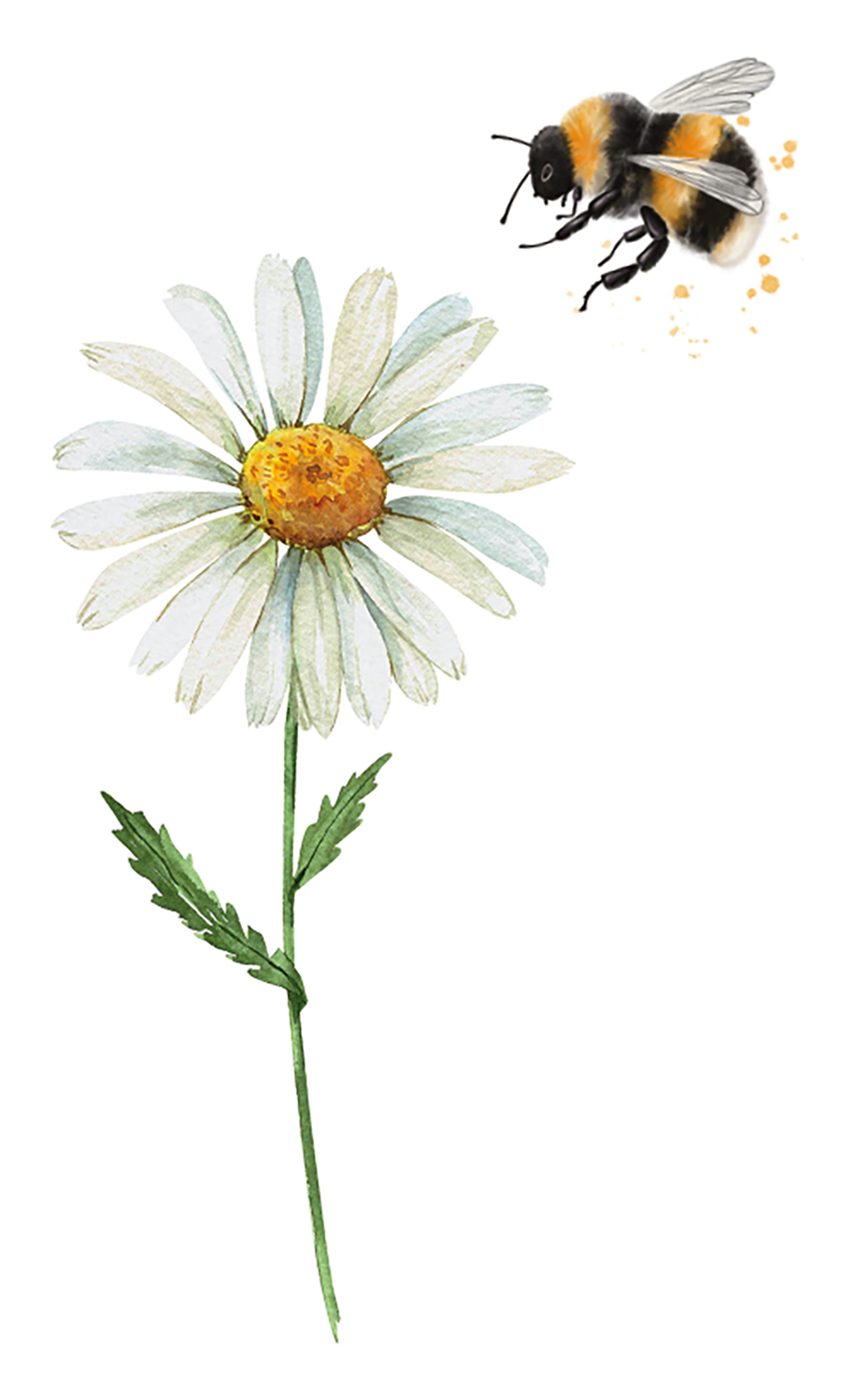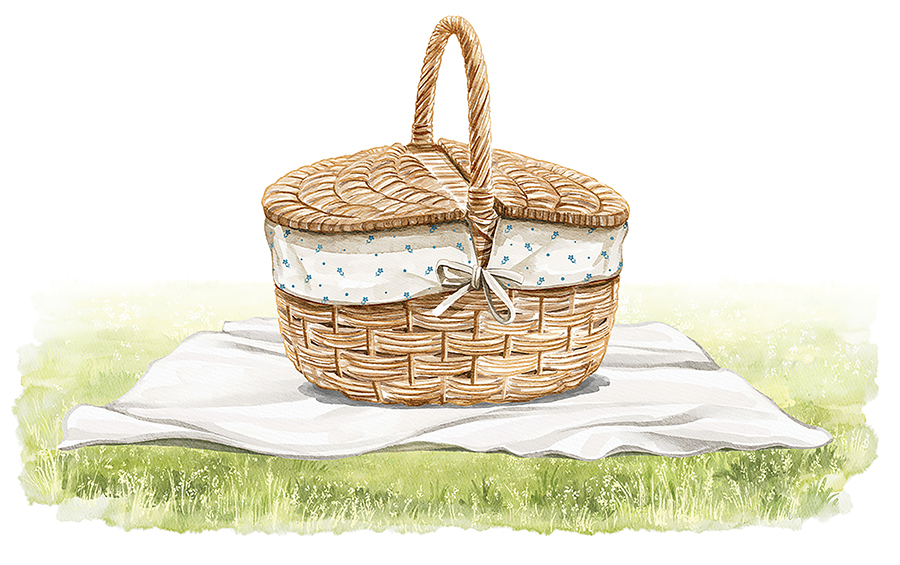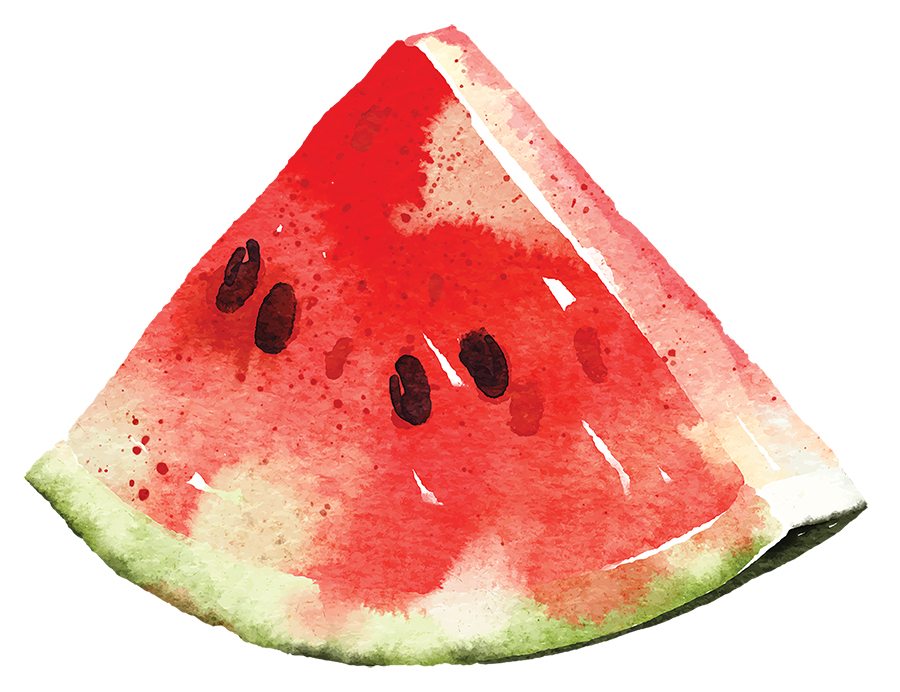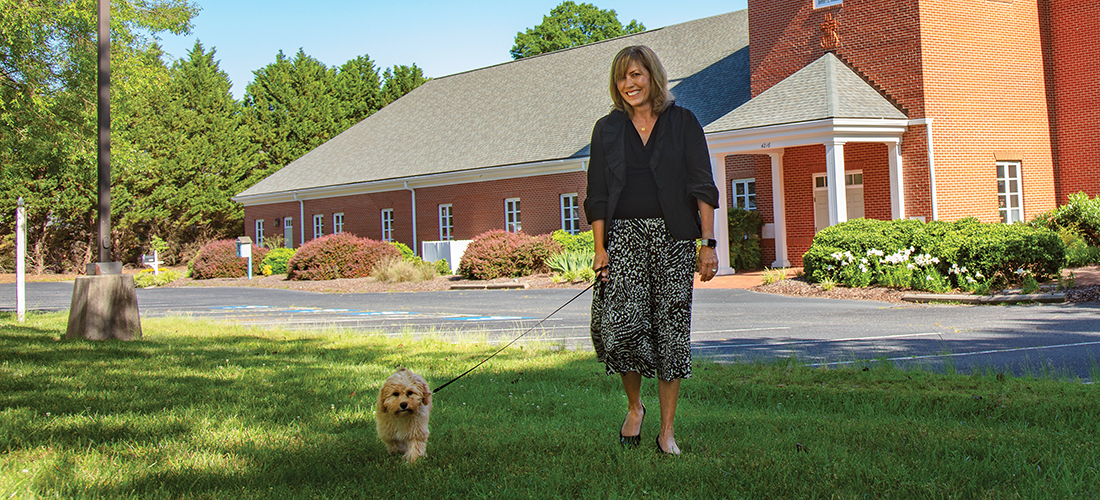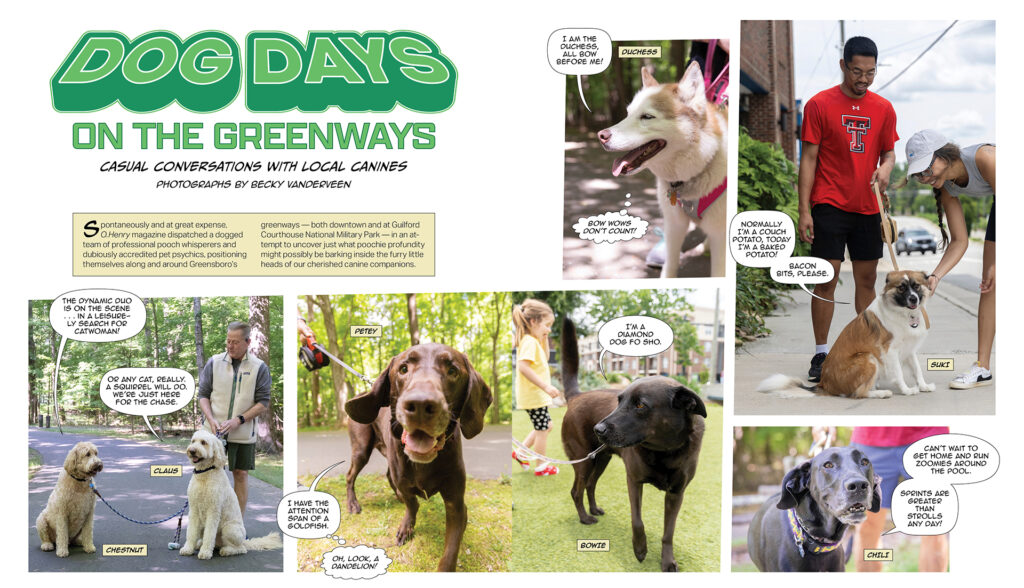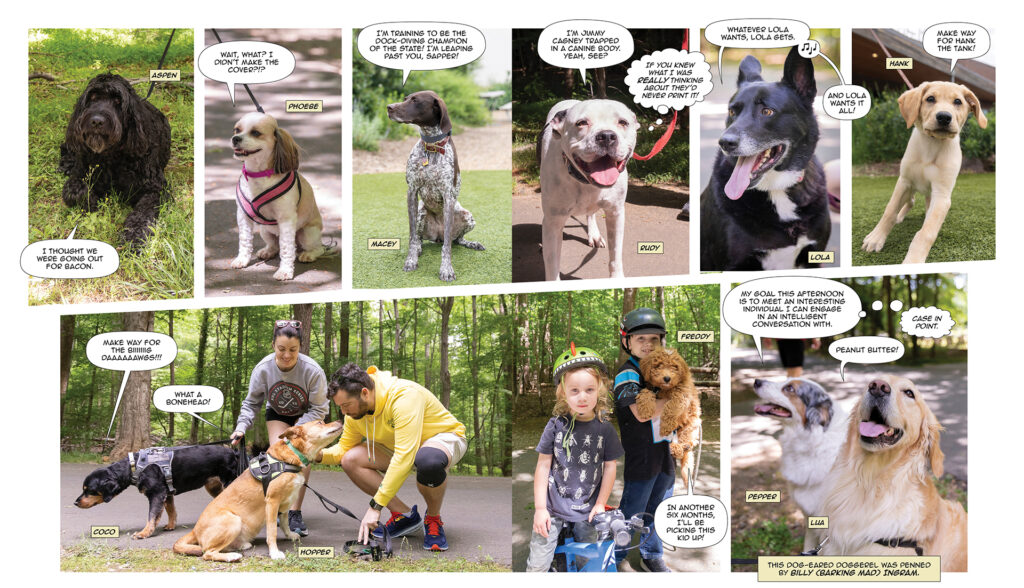Sedgefield Presbyterian Church laps up its new congregational canine
By Maria Johnson
Photographs by Mark Wagoner
It’s been several weeks since 79-year-old Sue Lucado could make it to church.
She had a cold.
She had guests.
She had COVID.
It’s been one thing after another, but she’s here, at Greensboro’s Sedgefield Presbyterian Church, this Sunday morning. She steps into the vestibule and receives an unusually robust welcome.
She is sniffed
She is licked.
Her shoelaces are tasted.
In an instant, Lucado’s expression changes from somber to smiling.
She leans over and sticks a hand into the mass of apricot curls dancing around her feet.
Two gleaming brown eyes look up.
Two floppy ears emerge.
A finger-length tail covered with wispy tendrils thumps the carpet.
The furry swirl slows enough to reveal Chloe Grace, the church’s 3-month-old, 8-pounds-and-gaining, congregational dog.
Genetically speaking, Chloe Grace is a cavapoo, meaning she’s part poodle, part King Charles Cavalier spaniel.
Spiritually speaking, she’s heaven-sent.
“She’s the most beautiful thing,” Lucado gushes. “Bless her heart!”
The good news about Chloe Grace reached Lucado a couple of weeks ago, when she cut the pup’s picture out of a church newsletter, stuck the picture on her refrigerator, and made an announcement to her own beloved dog, Katie, a Yorkshire terrier.
“I said, ‘Katie, we have a little friend at church,’” she says.
Now that Lucado has met Chloe Grace, she is smitten.
She takes a program from human greeter Paul Durant, who owns the dog with his wife, the church’s pastor, Rev. Kim Priddy.
“You know me and dogs,” Lucado tells him. “I like them better than people.”“Don’t tell anyone, but me, too,” Durant confides playfully.
Lucado nods, still smiling, and finds a pew.
Priddy, the shepherd of this flock, swiped the idea of a pastoral pup from a friend, Rev. Michelle Funk in Pennsylvania.
Funk, who got a church dog last year, had toyed with the idea of a congregational canine for years. Using a therapy dog for church work made sense to her, but when she pastored a church in Burlington, N.C., a few years ago, she had two beagles.
“Neither of them was church therapy dog material,” Funk says in a phone interview.
“You know beagles. They follow their noses. They’re very loving, but they have a mind of their own.”
Then, in 2022, she was called to her current church, Heidelberg Union Church in Slatington, Pa.
The time and place seemed right.
One member trained seeing-eye dogs and often brought the trainees to church. A past member had attended with his personal service dog, who sometimes sat in on messages for the children.
“Dogs in church was not a new concept in this congregation,” Funk says.
She resurrected her hunt for a four-legged staffer. Her research turned up a handful of pastoral pooches nationwide. The cavapoo breed, known for being warm, intelligent and hypoallergenic, was a popular choice.
Funk visited a reputable cavapoo breeder and brought home a 4-month-old pup that her family — fans of the Harry Potter franchise — named Muggles.
At a pastoral retreat last year, Funk told Priddy about taking Muggles, in his first week on the job, to see a church member who was living at home under hospice care.
Funk placed Muggles in the woman’s lap. As the woman stroked Muggles’ soft coat, she opened her heart. Words poured out.
Muggles knew what to do. He relaxed, stayed put and let the woman talk.
She was scared of dying, she said. She had things she wanted to do in life. As faithful as she was, she wondered if God would be present at her passing.
Funk reminded her of Jesus’ words on the cross: “My God, why have you forsaken me?”
She reassured her that fear and doubt were normal.
She prayed with the woman.
It was clear to Funk that Muggles had helped the woman tap a vein of emotion that she, the pastor, might not have been able to reach alone.
The story lit a fire in Priddy, who’d grown up with dogs and owned dogs when her three children were young.
“I knew that dogs made people happy, but when Michelle talked about her visit, I realized the potential of reaching church members in a new way,” she says.
She ran the idea past her husband, Durant.
“I said, “As long as it’s for a purpose . . . ’” he recalls.
Historically a “big dog person,” he agreed to getting a smaller, more portable cavapoo — with a mature weight of 15 to 20 pounds — for the church gig.
Priddy pitched the plan to her session, the congregation’s ruling body. She told the story of Muggles.
If she got a similar dog, she said, she would bring the dog to work, take it to visit sick and homebound members, and have it certified as a therapy dog as soon as possible.
The idea was consistent with other forward-leaning projects that Priddy has backed to improve the church’s outreach, relevance and membership — an Earth-care committee; a yoga class that meets during the Sunday school hour; guest speakers on the war in Gaza.
Like many mainline churches, the Sedgefield congregation has shrunk over the last several decades. Today, riding an uptick following the doldrums of COVID, there are about 85 active members. About half are seniors. Many live alone.
A dog, Priddy hoped, would comfort those who missed touching and holding another living being.
She also aimed to delight children in the church’s preschool program and signal to potential members that the congregation was open to new ideas.
The session agreed unanimously.
On a Friday in March, Priddy and her husband brought their 8-week-old bundle of joy home from a breeder in Charlotte.
That Sunday, they toted the puppy to church.
Priddy invited church members to vote on a name for the dog by dropping dollars into red Solo cups bearing the names suggested by children of the church.
After the service, $125 in votes were tallied. The top two vote-getters were Chloe and Grace.
“Helllllllo, Miss Helen,” Priddy singsongs as she steps through the door of an apartment at the River Landing retirement community in Colfax. “I’ve brought all kinds of guests today.”
Across the room, church member Helen Boyer, 98, sits in a recliner with her feet up, watching daytime television.





